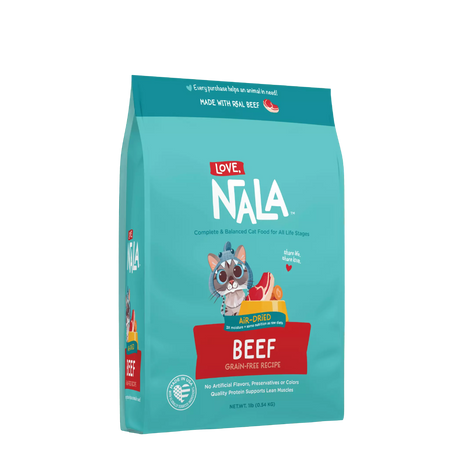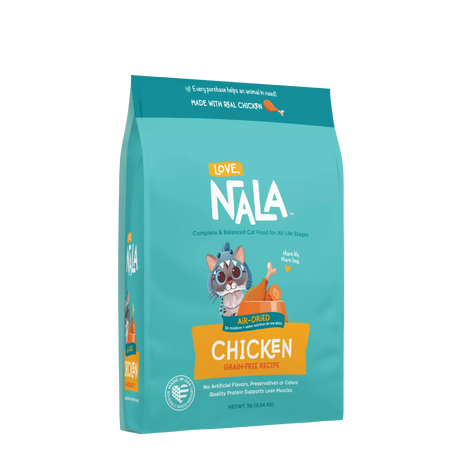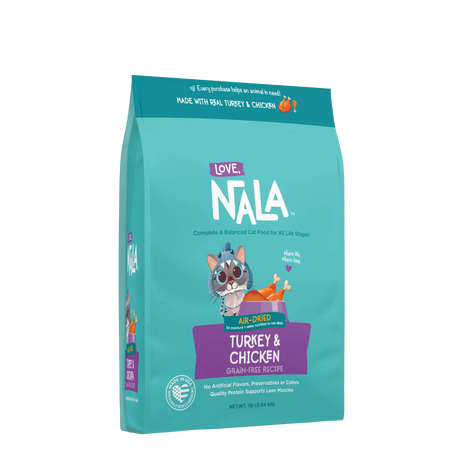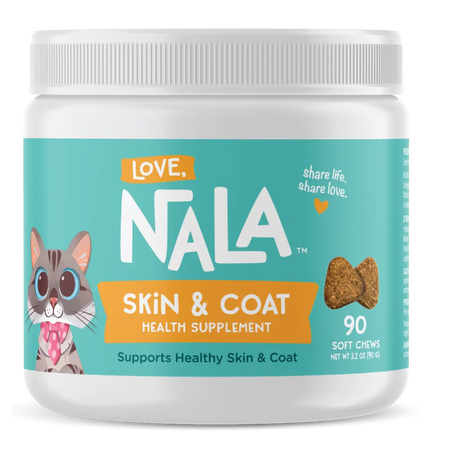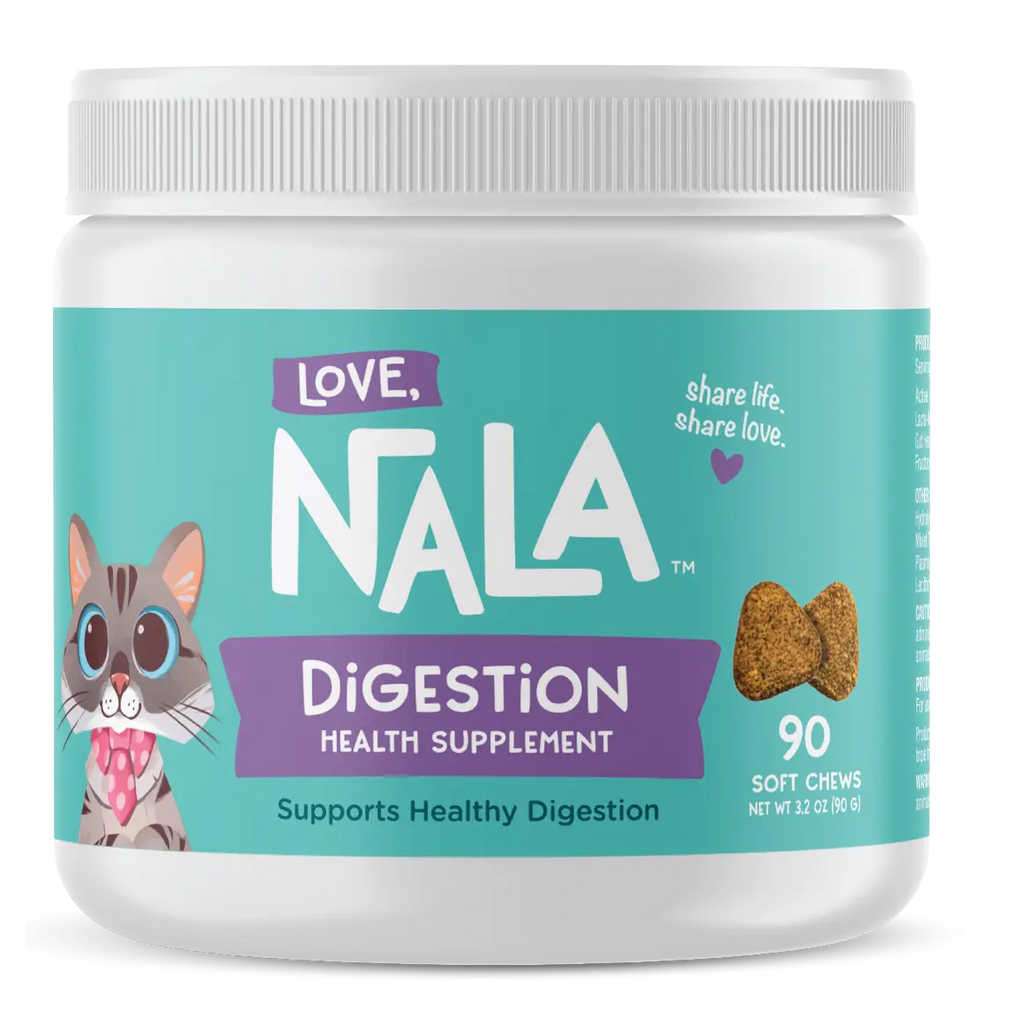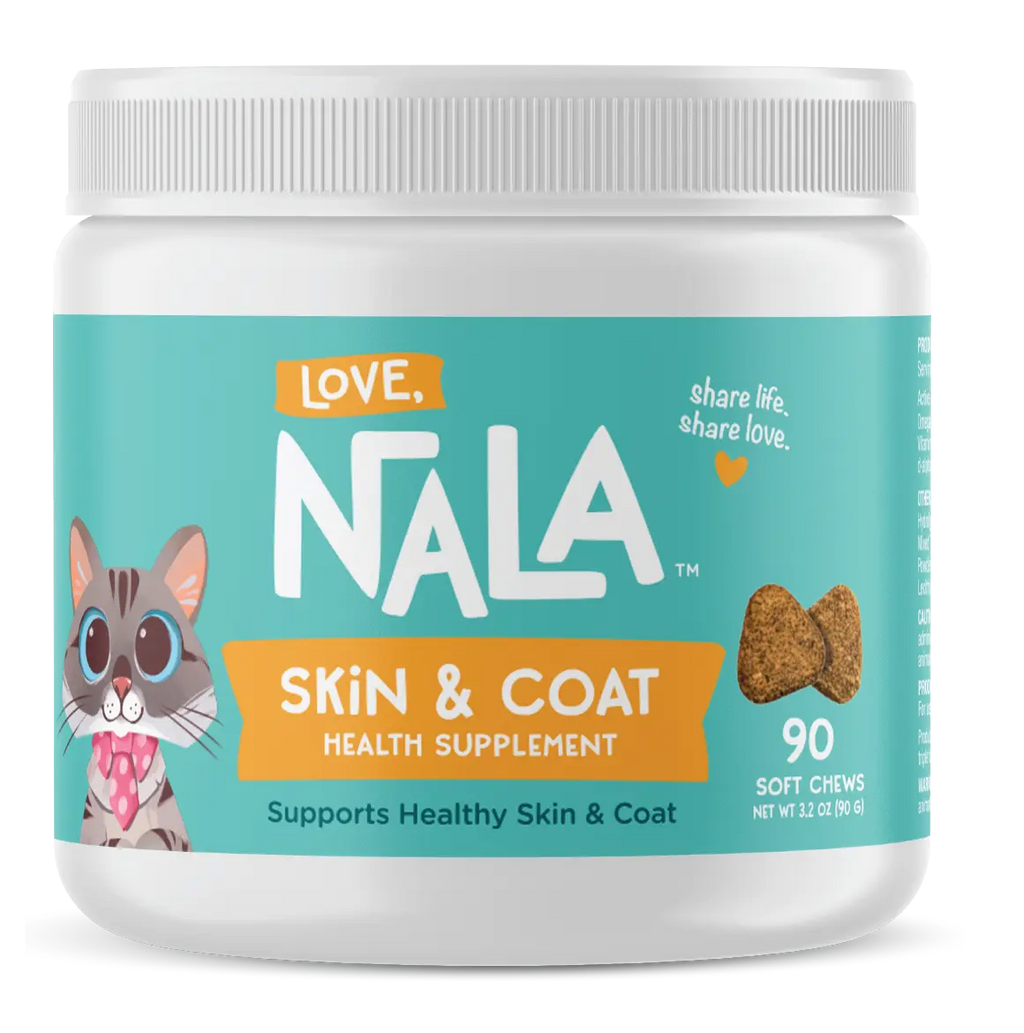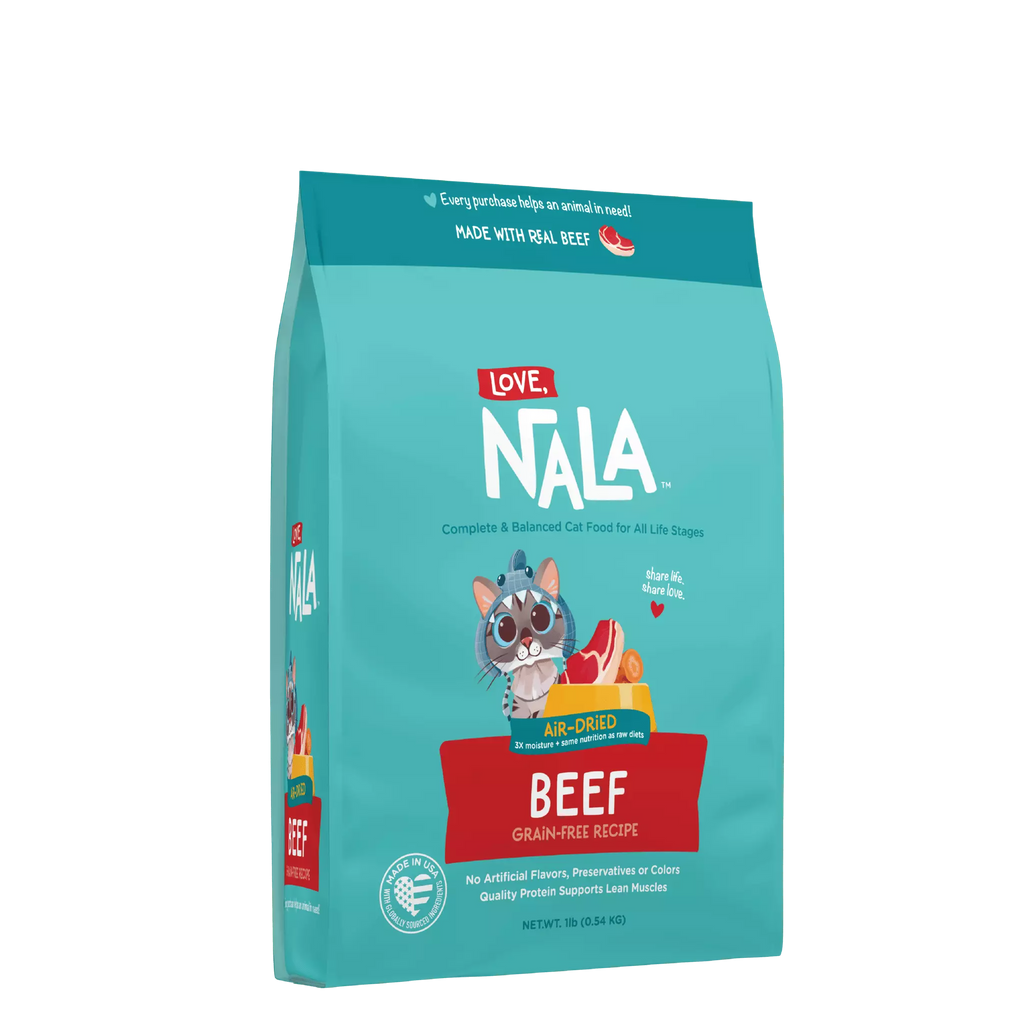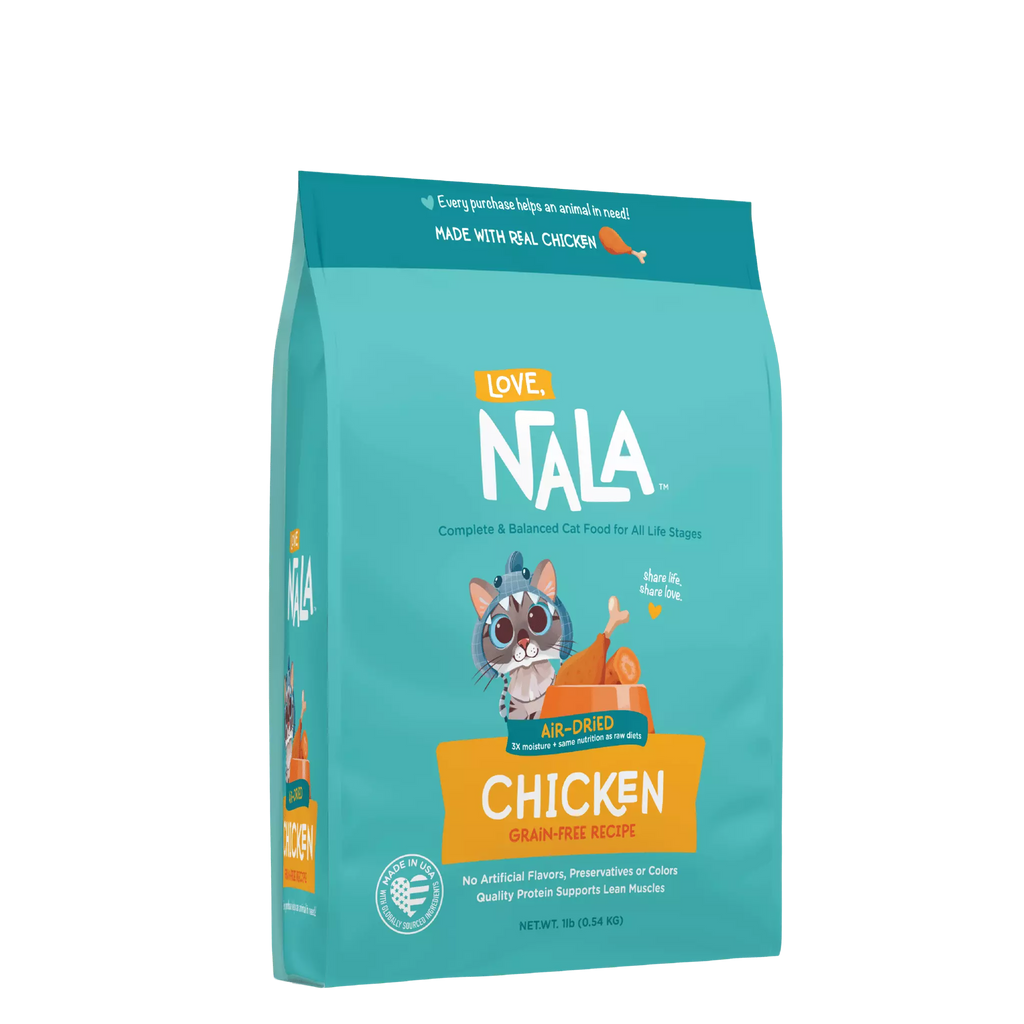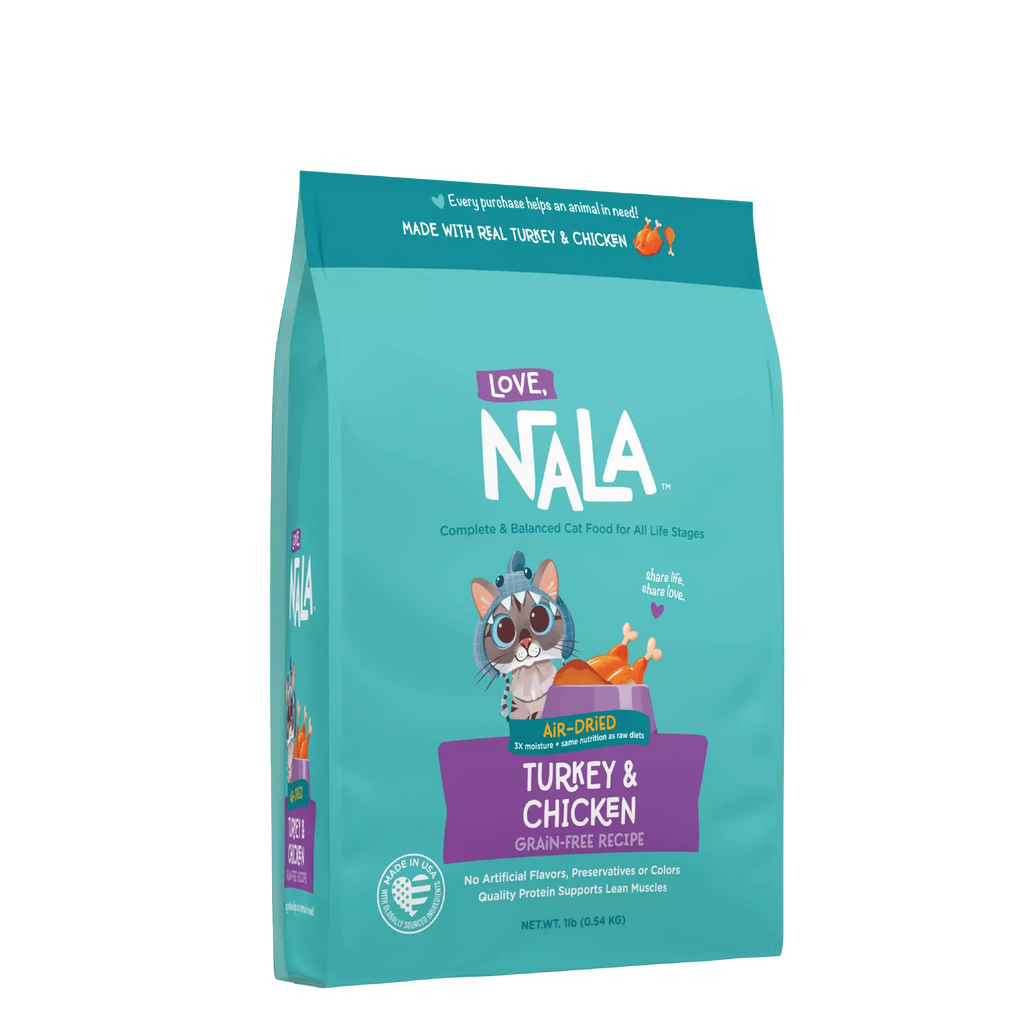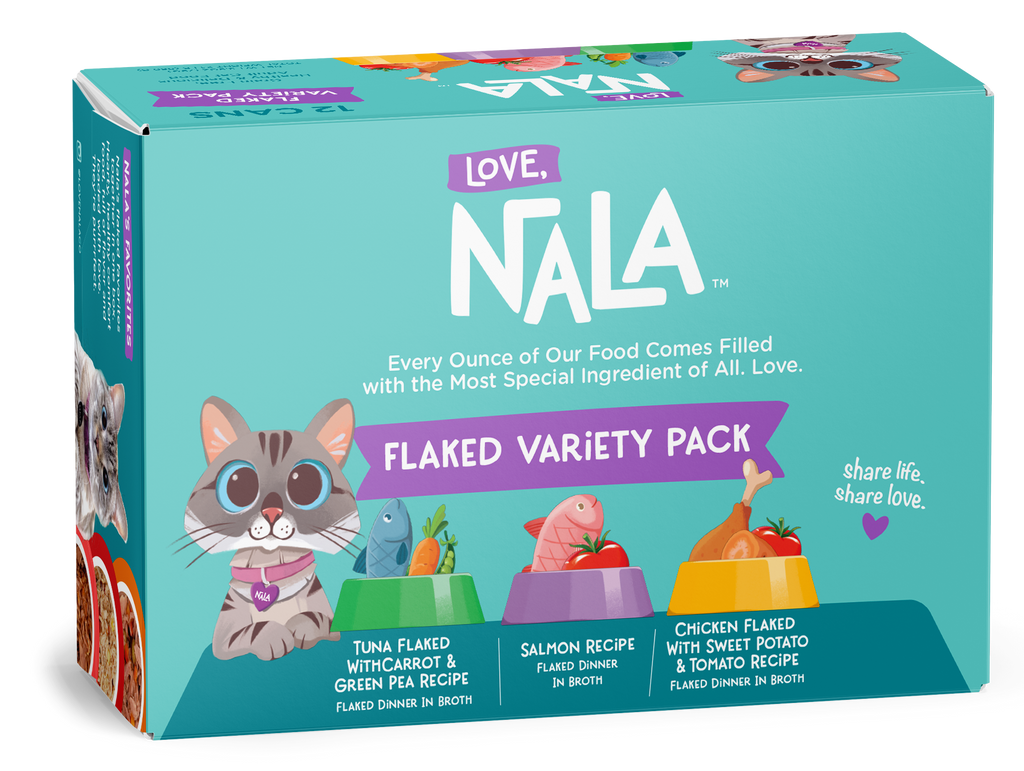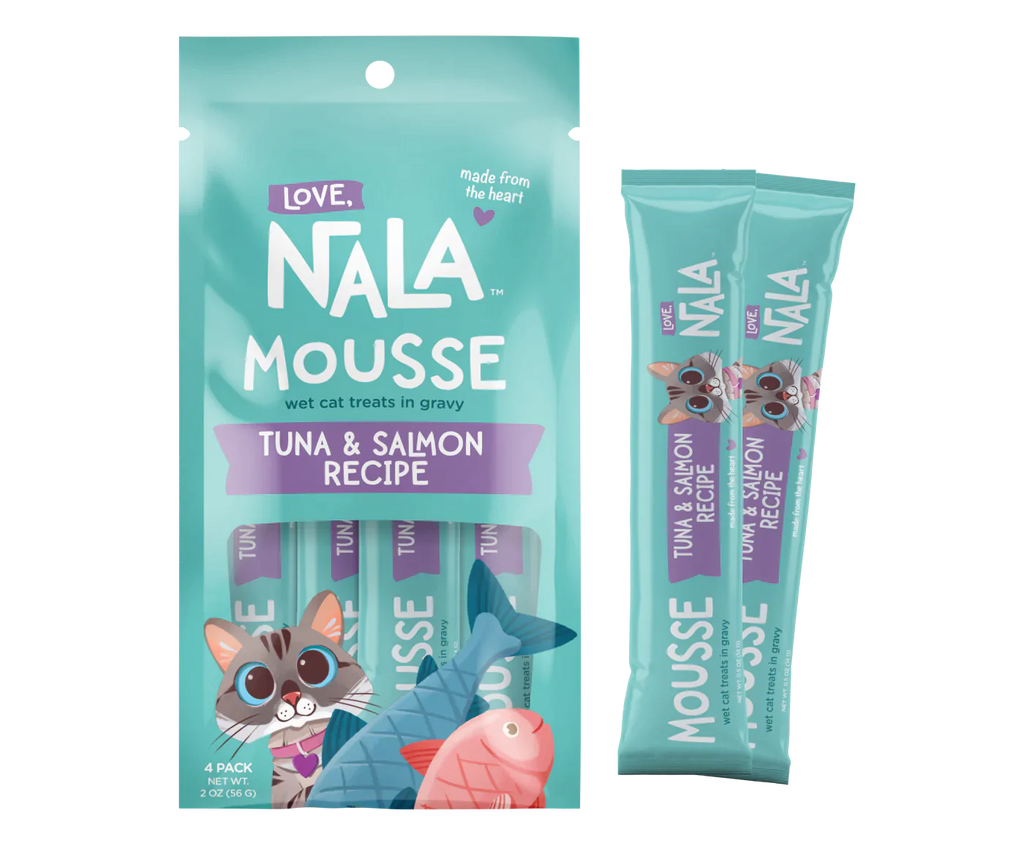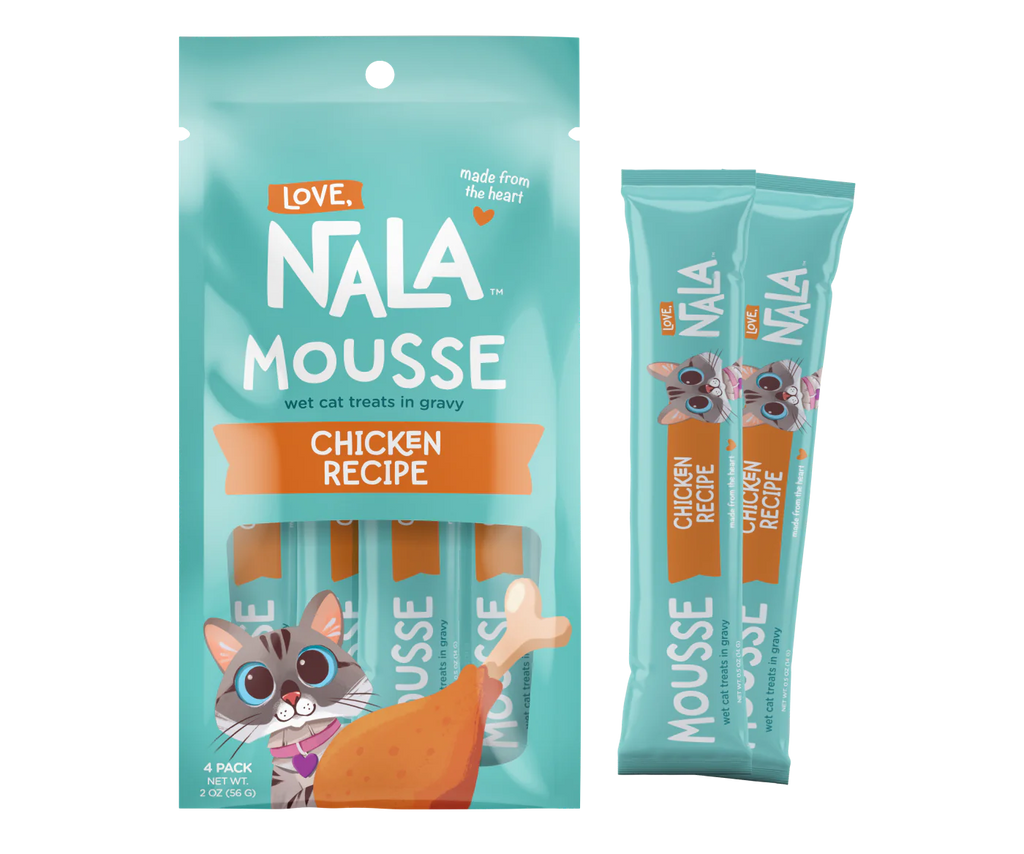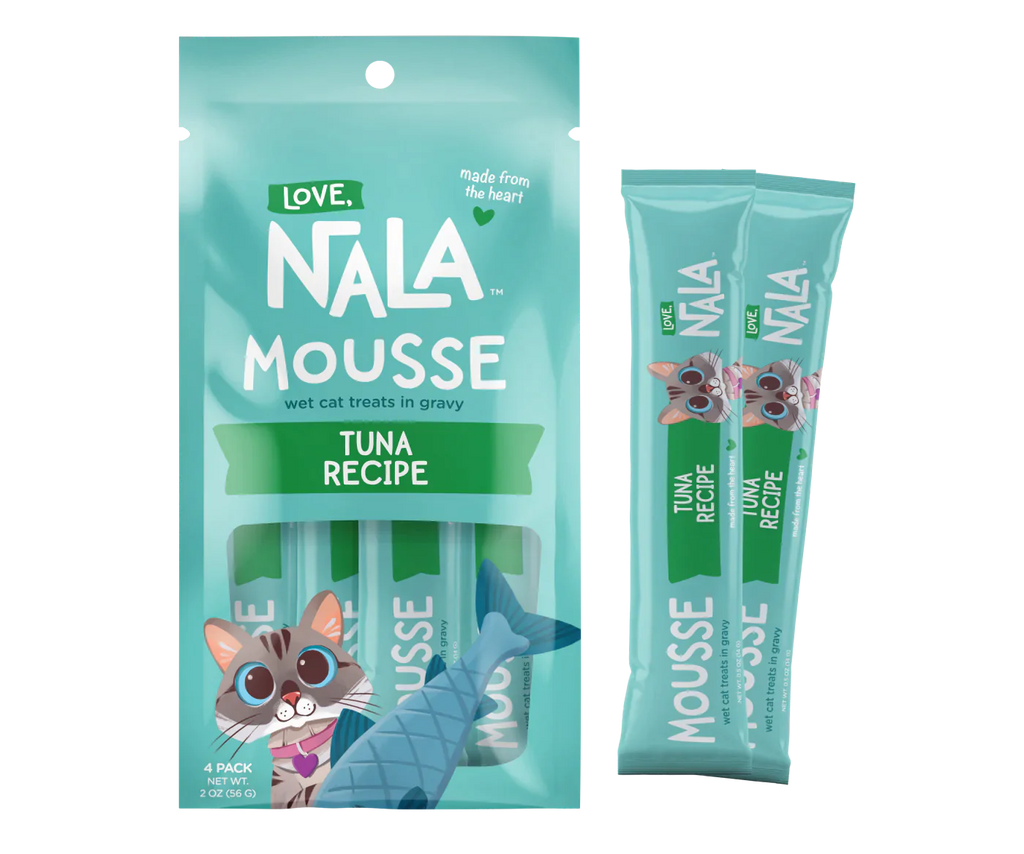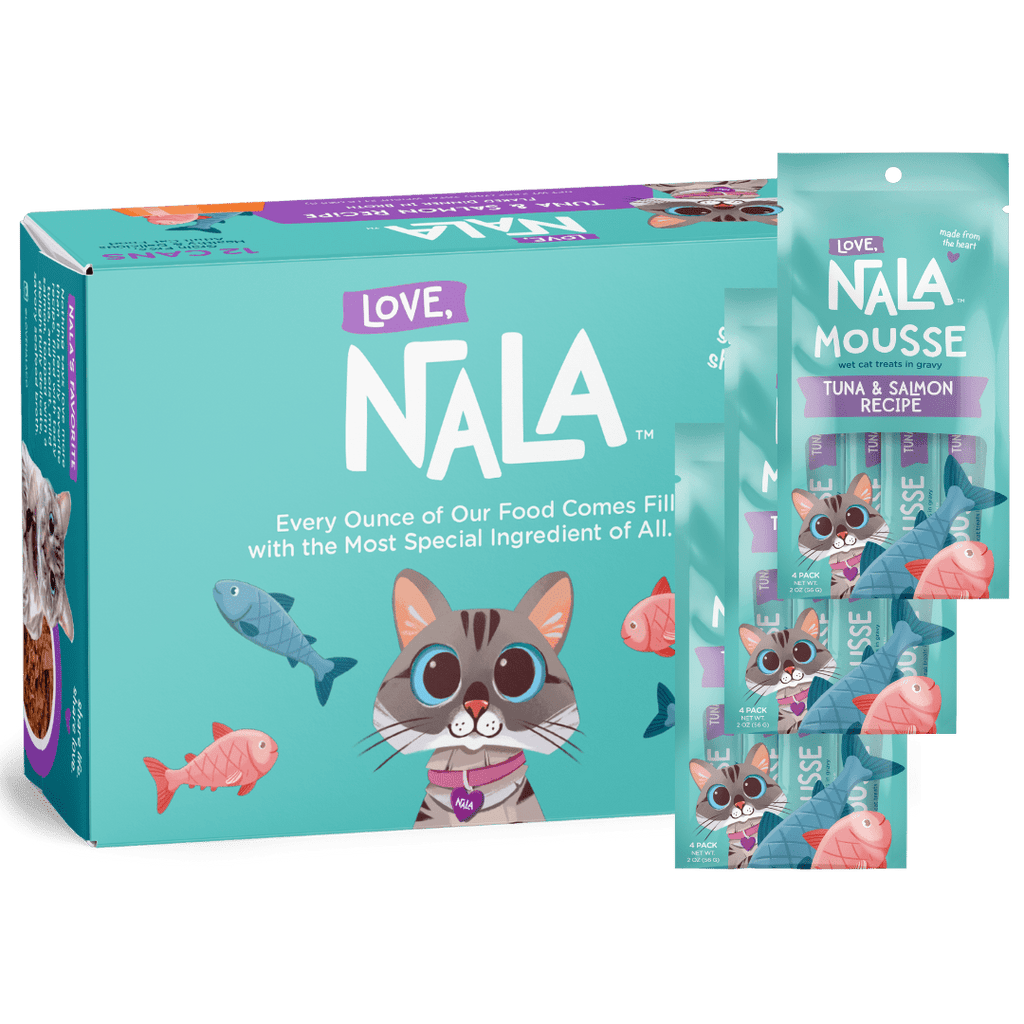Spring has sprung, and we felines love this time of year just as much as our humans.
Warmer weather makes sunbathing in the outdoors even more enjoyable, there are plenty of butterflies to chase, and of course, beautiful springtime flowers are in bloom.
I love a good flower as much as the next cat, and I know for some of us, they can be a tasty snack when the humans aren’t watching. However, on behalf of my fellow felines, I must share the dangers of a particular flower that is both a springtime staple and a danger to cat health.
Yes, I am referring to the lily.
With Easter and Mother’s Day right around the corner, it’s important to educate cat parents about the risks lilies pose to cats, symptoms of lily poisoning, and safer alternatives you can use to celebrate the season.
Why Are Lilies Toxic to Cats?
All parts of the lily are toxic to cats. Flower, leaves, pollen, stem, you name it!
Each part of the plant contains a chemical that could cause cats to go into fatal kidney failure within three days. Since the molecule that causes this toxin is still unknown, a blood test can’t determine if a cat has lily poisoning.
So if a cat were to become curious (as we do) around a lily plant, what would he or she have to do to become poisoned? While munching on the plant is the fastest way for us to ingest the toxin, it’s also possible from just licking the pollen from our fur or drinking water from a pot or vase that contains cut lilies.
This is why lilies are so CAT-astrophic for felines. We don’t even have to swallow the plant for the toxin to be introduced into our bloodstream.
Symptoms of Lily Poisoning in Cats
If you’ve had a lily in your house or garden and suspect that your cat has taken it upon itself to inspect the plant for you, you must get him or her to the cat doctor straight away!
While some felines immediately vomit after ingesting any part of the lily, most won’t show symptoms for at least 12 to 24 hours. However, this doesn’t mean the toxin hasn’t already started to take effect in your cat’s body.
Some of the earliest symptoms of lily poisoning in cats include lethargy, excessive drooling, increased drinking, vomiting, and loss of appetite. If left untreated, acute kidney failure could develop within 2-4 days after ingestion.
Lily Poisoning Treatment
Lilies and cats obviously aren’t a good mix, but let me tell you the good news.
Approximately 90% of cats exposed to the lily toxin survive with no evidence of permanent injury if they receive treatment immediately after exposure.
Treatment usually includes ingestion of activated charcoal to bind toxins remaining in the stomach, IV fluid therapy to support kidney function, and in severe cases, kidney dialysis.
Don’t wait to call the cat doctor! Time is of the essence in these situations, and our lives could depend on you.
Types of Highly Toxic Lilies to Avoid
While all forms of the lily plant are toxic to cats, some are more poisonous than others.
There are more than 160 varieties of the Liliaceae family, but those of the genera Lilium (true lilies) and Hemerocallis (day lilies) are known to cause the highest risk of death in cats. Here are the names to watch out for:
- Easter Lily
- Japanese Show Lily
- Daylily
- Stargazer Lily
- Tiger Lily
- Wood Lily
- Rubrum Lily
- Oriental Lily
- Asiatic Lily
Other plants with the name ‘lily’ in them may not be as toxic as true lilies, but they’re still poisonous and should be kept away from your cats indefinitely. Some of these include:
- Lily-of-the-Valley
- Calla Lily
- Peace Lily
- Peruvian Lily
- Gloriosa Lily
Other Flowers to Enjoy This Spring
We want to celebrate springtime with our humans as safely as possible!
The best way to help your cat avoid lily poisoning is to keep the flowers out of your home and garden at all times. In a cat’s humble opinion, it’s just not worth the risk.
If you’re looking for beautiful flowers for Easter, Mother’s Day, or just to spruce up the house for springtime, here are some safer alternatives recommended by the Pet Poison Helpline:
- Daisies
- Carnations
- Baby’s Breath
- Orchids
- Tulips
- Spring Crocuses
- Roses
- Zinnias
- Sunflowers
- Iris
Keep Your Cats Healthy This Spring and All-Year-Round
My humans believe that pets are members of the family (aren’t I lucky?), and I share their mission to help my fellow felines live longer and happier lives.
Be sure to check our Love, Nala blog often for new cat health tips straight from yours truly!
We also have delicious, nutritious, and affordable new varieties of wet and dry cat food coming soon. Until then, thanks for being a part of our purrfect community and we hope to see you again soon.
Love,
Nala
